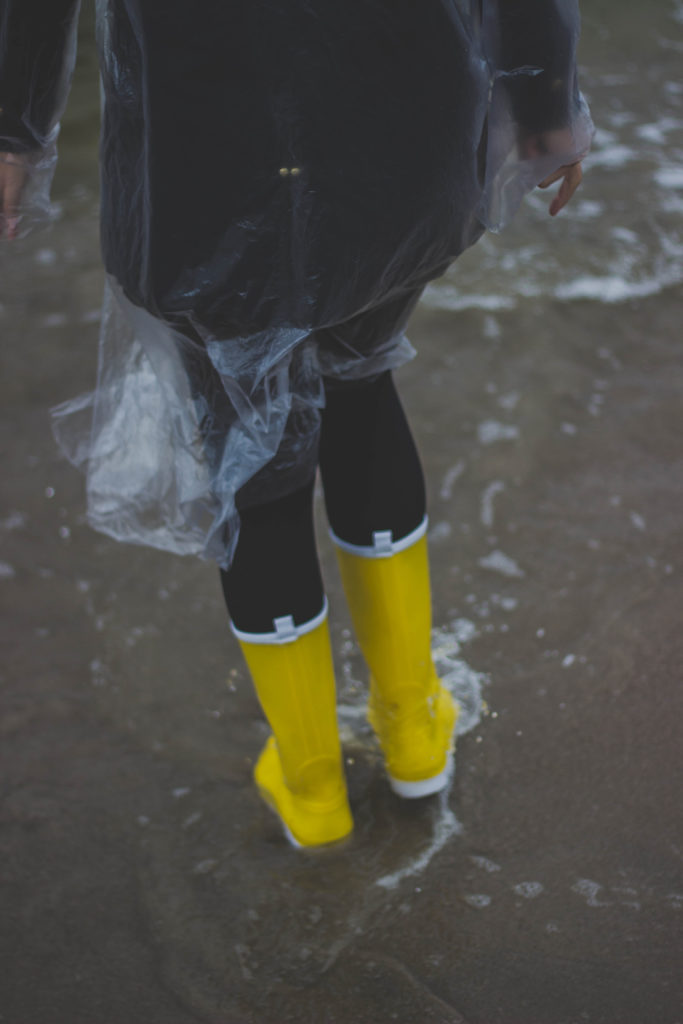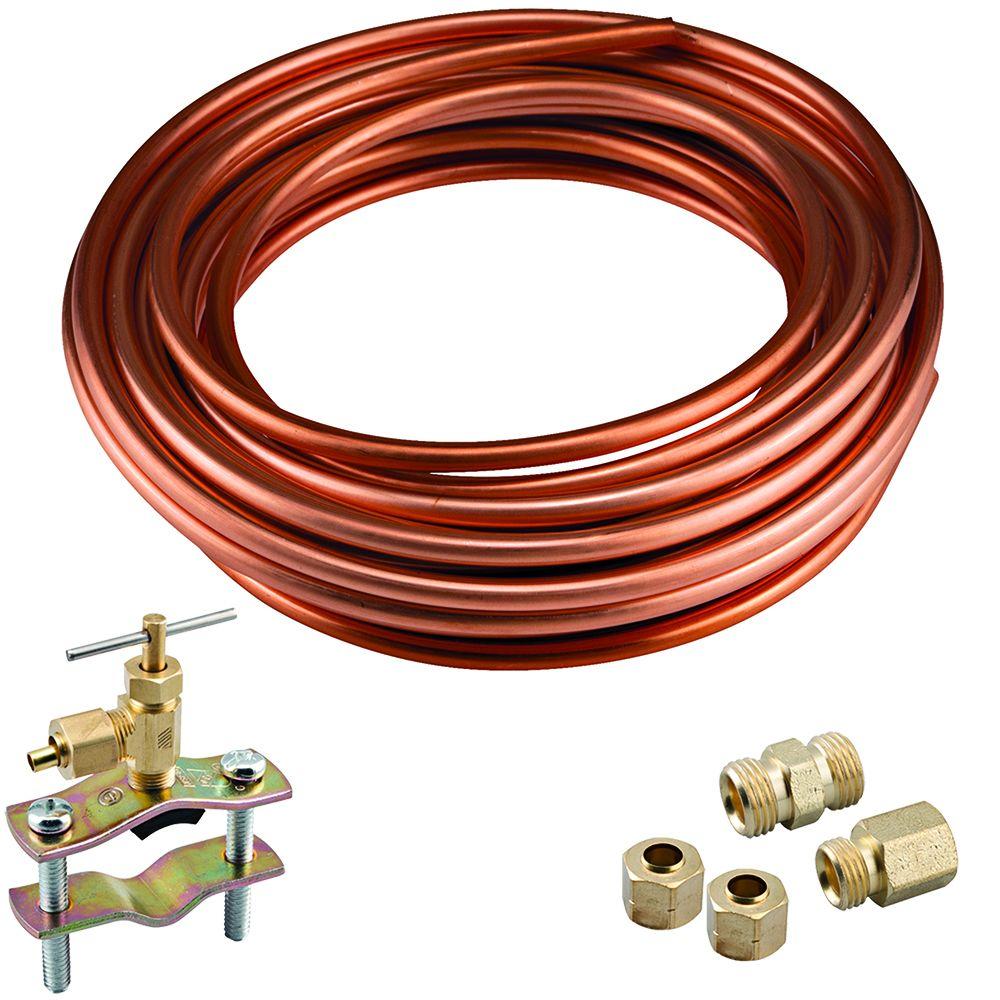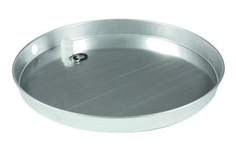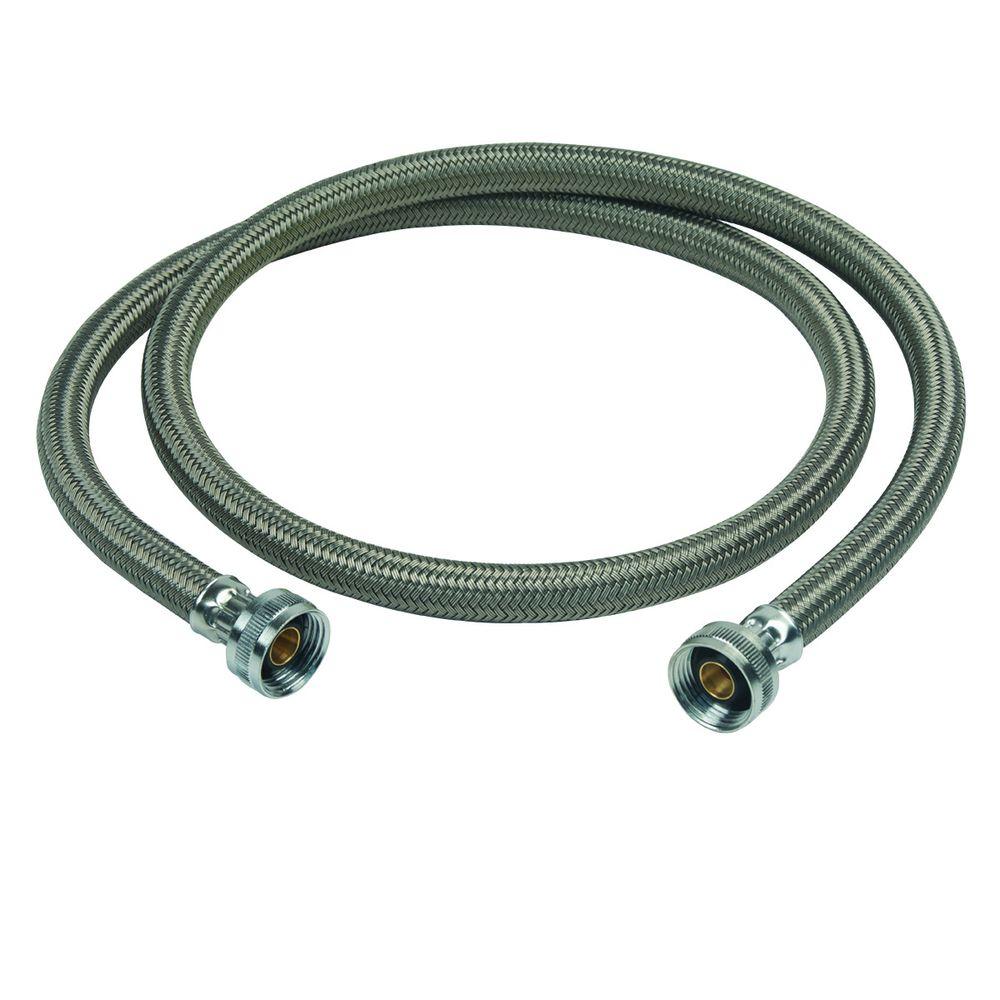
This is the time of year that natural disasters – hurricanes, tornadoes, and floods, to name a few – are on many people’s minds. There’s another type of disaster that most people don’t do advance preparation to prevent, and that’s accidental home disasters. When it comes to residential property damage, one of the biggest culprits is plumbing accidents. Sometimes there is no way to predict or prevent them, but with some common sense and a few inexpensive supplies, you can attain some peace of mind. Let’s take a look.
Refrigerator hoses crack and leak

A common source of water leaks in homes is the plastic tubing that feeds the ice maker and cold-water supply line behind your refrigerator. Over time, plastic becomes brittle and cracks, dumping water behind the fridge which you may not even see until it oozes out and wrecks the floor. Also, if you’ve ever seen mice in your house, they may have been hiding behind your refrigerator and chewing on the plastic tubes. Get rid of that plastic tubing and use copper tubing or braided stainless steel line. These don’t become brittle and crack, and they’re quite impervious to mouse teeth.
Shut off house water before vacation
Speaking of accidental home disasters and water, a sudden leak or rupture in a pipe can swiftly destroy floors, walls, and ceilings, resulting in huge repair bills. What if you’re on vacation and you don’t find the problem for several weeks, or you get a call from your neighbor telling you that water is gushing out under your front door? How likely is this to happen? Insurance companies respond to hundreds of claims each year. The best way to avoid this is to shut off your home’s water supply before going on vacation. In the city, your main valve is located somewhere near the water meter. In rural areas with wells, the main shutoff valve is located right next to the well pump. If you’re not sure where your shutoff valve is located, ask a fix-it type friend, or have a plumber show you where it is. Once you shut off the water supply, be sure to shut off your freezer’s ice maker to keep it from trying to run without water.
Splash in the pan

One easy way to ward off water damage is to put splash pans beneath washers and water heaters. In days of old, these appliances sat on bare concrete floors next to drains. These days they might sit on wood or tile floors, or even on the second floor, where water damage would be a given from leaks, spills, or broken hoses. A splash pan gives you protection from minor spills and slow leaks. Some (like the one pictured above) have drain holes where you can connect a drain tube. They won’t stop serious overflows or burst water lines, but for the $20 price tag, they’ll give you some peace of mind for small leaks. One more thing: If you start to see water in the splash pan, you’ll know something is wrong before it becomes a major flood incident.
Test your sump pump
Do you have a sump pump in your basement to keep it from flooding? It’s a good idea to test it after a long dry spell to be sure it is working. The wet parts of the pump may be prone to rust, and they can jam up and burn out. It is preferable to know this before heavy rainfall starts to flood your basement. The best way to test your sump is to pour a few buckets of water into it and see if it switches on. If it seems to have given up the ghost, call a plumber to install a new one.
Washing machine hoses

Another common water problem in homes comes from a burst washing machine hose. These hoses are under constant pressure. If they are made of rubber, they will harden, crack and start spewing water behind and under the washer. Left unchecked, such a leak can result in costly damage. There’s an easy solution. Just replace them with no-burst hoses. These are the same kind of braided, stainless steel lines that you’d use behind your refrigerator or as a supply line for your toilet tank. They are easy to install and cost less than $20 at most hardware stores.
Accidental home disasters from above

Let’s move away from water and plumbing. Do you have tree limbs hanging over your house? These can come crashing down in a storm, causing major damage to your roof. Dead or dying branches or trees don’t need to wait for a storm. They can fall at any time. Tree trimming above your roof is a job for professionals. Calling in a tree service every few years to trim back the tall trees is a good practice. You might invest a few hundred dollars into the job, but it can save you thousands in roof and rain damage, not to mention saving you from injury by falling branches or misjudged do-it-yourself attempts.
Just follow the common sense steps above, and you can rest easier about accidental home disasters.
Call Peter Young Home Inspections
Buying or selling a home? Never sign any contract without first getting a home inspection! Call Asheville Home Inspector Peter Young, 828-808-4980, or click here to make an appointment today.